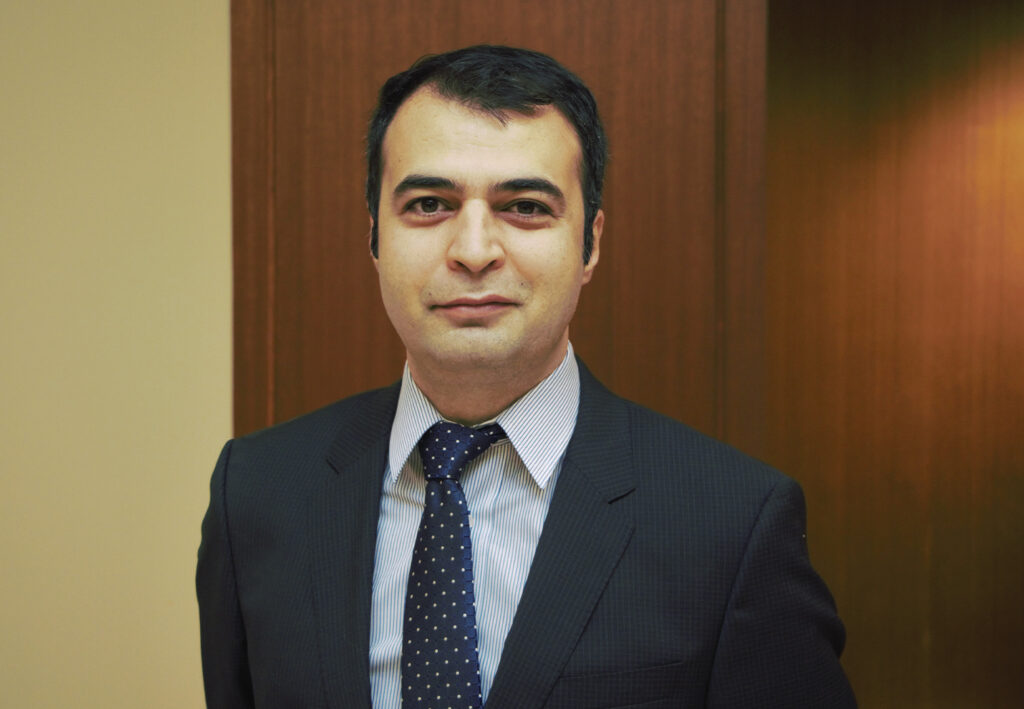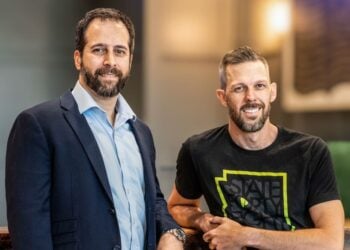When Shakespeare wrote, “What’s past is prologue,” he could easily have been describing legal software called Stacks. Stacks uses deep learning to draw from past legal cases to predict the likely outcome of a court case.
“We design machine learning models that learn the law by studying all the prior cases and arguments. We also incorporate factors such as the use case for each law and their interpretation into the learning process,” said Dr. Behnam Kia, who helped develop the software and is the CEO of Stacks.
Kia is a former faculty member at NC State University, where he taught artificial intelligence and designed and fabricated hardware-based machine learning systems. “I was doing very cool work and designing fascinating systems at the university. But I noticed that I was not necessarily solving the daily problems of the people,” Kia said. “So, I left the university to learn more and to focus my energy on solving the pressing challenges in the legal industry.”
“As an inventor with multiple patents under my belt, I was familiar with patent law. We focused on the patent law and identified two main pain points, the subject matter patent eligibility under the Alice test and the infringement analysis,” Kia said.
Alice Lives Here
In 2014, The U.S. Supreme Court handed down a landmark patentability decision referred to as the “Alice test,” which significantly impacted the software and business method patents.
“The court did not provide an exact definition or a guideline for the patentability. It doesn’t say what is patentable and what is not. Instead, it says look at the patent eligibility of litigated claims and follow these examples as a guide for the future cases,” explained Kia.
“The lack of a definitive rule for patentability has created huge confusion in the IP world. We saw an opportunity to apply our machine learning models to learn the logic behind the test and apply it to the new cases. After all, this is what machine learning is for; learn from the past examples to predict the future cases.
“If you are a patent law practitioner, this tool helps you get your research started with the latest law updates,” Kia continued. “Stacks software is an explainable AI tool, which supports its prediction by returning pivotal prior cases and the litigated claims. The returned case law and claims are beneficial for structuring a more detailed, customized argument for your case.
“If you are looking for a quick, scalable method to estimate the strength and patentability of a patent portfolio or a set of inventions under the Alice test, Stacks does that too,” Kia added.
Find That Needle in the Haystack of Patents
Performing a patent clearance is like looking for that dangerous needle in a haystack; it is a laborious job, and it costs a lot. On the other hand, if you are an IP owner, you need to know who is infringing on your IP, which is an equally hard task.
“The use of obscure language in patent claims is widespread. Therefore, a conventional search engine that only picks up the textual similarity between a query and claims cannot do justice to users. Our models understand and measure technological similarity regardless of the terminology used,” Kia said.
“You can use this service to find any overlap between a product lineup and the issued patents, therefore reducing the infringement risk,” Kia said. “If you are the IP owner, this tool helps you identify the products infringing your intellectual property.”
Stacks products are currently being marketed nationwide. They provide more access to justice as well. For example, patent infringement analysis and litigation are expensive and can be out of the reach of smaller companies developing new patents or defending their existing patents.
“Patent lawyers can use the tools to expand their business and earn business they otherwise couldn’t get,” said Kia. “When you have an automated system, you just push a button, and it is like 90% of the lawyer at 1% of the cost with instant results.”
Kia said the company’s long-term goals are to expand into other areas of the law and incorporate state laws.








